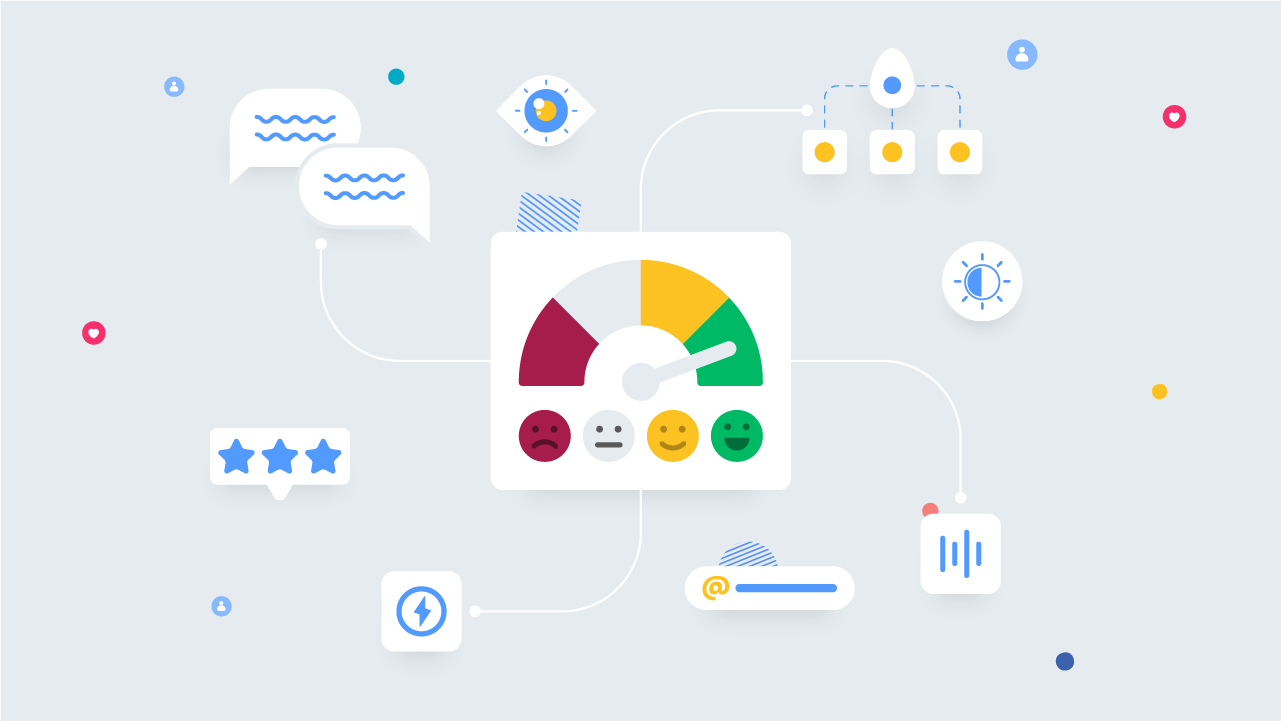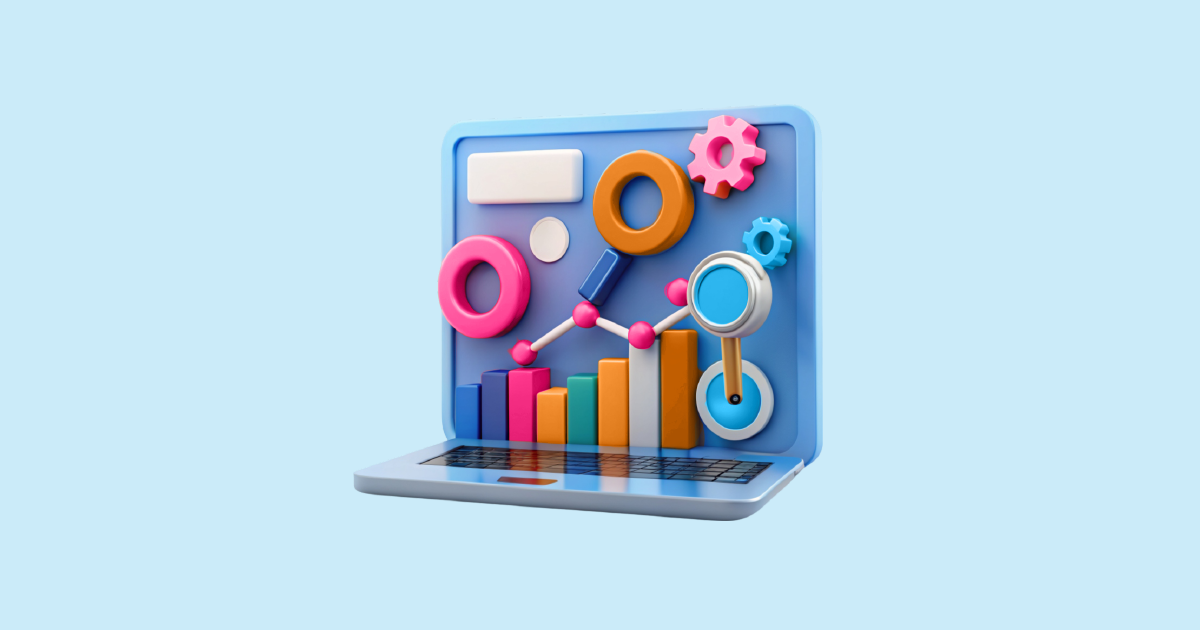In today’s digital age, social media platforms have become an integral part of our lives. They serve as a virtual space where people connect, share information, and express their opinions. With the exponential growth of social media, businesses, and individuals alike are recognizing the importance of understanding the sentiments behind user-generated content. In this article, we delve into the realm of social media and sentiment analysis, exploring its significance, applications, challenges, and future trends.
Social Media And Sentiment Analysis

Sentiment analysis, also known as opinion mining, is the process of determining the emotions, attitudes, and opinions expressed in a piece of text. It involves analyzing user-generated content from social media platforms to identify whether the sentiment is positive, negative, or neutral. Sentiment analysis utilizes natural language processing (NLP) techniques and machine learning algorithms to extract meaning from text and categorize it based on sentiment.
Applications of Sentiment Analysis in Social Media
Sentiment analysis has a wide range of applications in the realm of social media. It enables businesses to monitor their brand reputation by tracking public sentiments and responding promptly to customer feedback. Additionally, sentiment analysis can be utilized to analyze public opinion on social and political issues, measure customer satisfaction, identify emerging trends, and conduct market research. It also aids in sentiment-driven content curation, personalized marketing campaigns, and reputation management.
Benefits of Sentiment Analysis for Businesses
Implementing sentiment analysis in social media can provide numerous benefits to businesses. It allows them to gain valuable insights into customer preferences, identify areas for improvement, and make data-driven decisions. By understanding the sentiment behind customer reviews and feedback, companies can enhance their products, services, and customer experiences. Sentiment analysis also assists in competitor analysis, crisis management, and proactive customer support.
Tools and Techniques for Sentiment Analysis
Various tools and techniques are available to conduct sentiment analysis effectively. NLP libraries and frameworks, such as NLTK, SpaCy, and TensorFlow, provide pre-trained models and algorithms for sentiment classification. Sentiment analysis platforms, such as Brandwatch, AIM Insights, and Hootsuite, offer advanced analytics and visualization features to monitor social media sentiment. Custom machine learning models can also be built using labeled datasets to cater to specific business needs.
Challenges and Limitations of Sentiment Analytics
While sentiment analysis holds great potential, it faces several challenges and limitations. One significant challenge is the ambiguity and complexity of human language, including sarcasm, irony, and cultural nuances. Sentiment analysis models may struggle to accurately interpret such nuances, leading to misclassification. Additionally, the rapid evolution of language and the vast volume of social media data pose scalability and computational challenges for sentiment analysis systems.
Best Practices for Conducting Sentiment Analysis

To ensure accurate and reliable sentiment analysis results, several best practices should be followed. These include using domain-specific labeled datasets for training models, regular model retraining and evaluation, considering context and entity-specific sentiment, incorporating sentiment lexicons, and employing ensemble techniques to improve accuracy. It is also crucial to understand the limitations of sentiment analysis and interpret the results in conjunction with other qualitative and quantitative data.
Ethical Considerations in Sentiment Analysis
Ethical considerations play a vital role in sentiment analysis. Privacy concerns arise when analyzing user-generated content, requiring businesses to adhere to data protection regulations and obtain appropriate consent. Bias in sentiment analysis models can perpetuate stereotypes and discrimination, necessitating fairness and transparency in model development and evaluation. Additionally, businesses must handle customer data responsibly and ensure the secure storage and handling of sensitive information.
Case Studies with Record-Breaking Success Stories
Case Study 1: Nike’s #JustDoIt Campaign
Nike utilized sentiment analysis during their iconic #JustDoIt campaign featuring Colin Kaepernick. The campaign sparked widespread discussions on social media, with polarized sentiments ranging from staunch support to backlash. By leveraging sentiment analysis tools, Nike monitored public opinion in real-time, enabling them to craft responsive marketing strategies. Despite initial controversy, the campaign led to a significant boost in sales, with a 31% increase in online sales in the days following its launch. This case highlights the power of sentiment analysis in navigating public opinion and turning controversy into opportunity.
Case Study 2: Netflix’s Personalized Recommendations
Netflix employs sentiment analysis to analyze viewer feedback on social media, ensuring their content aligns with audience preferences. For instance, when the series “Stranger Things” premiered, Netflix monitored social media sentiments to gauge the show’s reception. Positive sentiments guided their promotional strategies, leading to record-breaking engagement. The series became a global phenomenon, amassing over 64 million views within the first month of release. Netflix’s use of sentiment analysis showcases how businesses can refine their offerings and marketing efforts based on audience sentiment.
Influencer Quotes and Tweets
- Elon Musk (@elonmusk):
“Understanding public sentiment is critical to shaping our future. AI-driven tools help decode the pulse of the people at unprecedented speed.”- Gary Vaynerchuk (@garyvee):
“Social media is a goldmine for sentiment. Analyze what people feel about your brand, then deliver what they want. It’s that simple.”- Ariana Huffington (@ariannahuff):
“Sentiment analysis isn’t just a business tool—it’s a way to understand human emotions at scale. Empathy meets analytics.”- Neil Patel (@neilpatel):
“Want to know how your campaign is performing? Sentiment analysis shows you what people think, so you can adapt and conquer.”
Future Trends in Social Media and Sentiment Analysis
The future of social media and sentiment analysis holds exciting prospects. As social media continues to evolve, sentiment analysis algorithms will become more sophisticated in understanding context, emotions, and subtleties of language. Integration with other technologies such as artificial intelligence and chatbots will enable real-time sentiment analysis and personalized customer interactions. Furthermore, the integration of sentiment analysis with Internet of Things (IoT) devices will unlock new possibilities for understanding user experiences and preferences.
Conclusion
Social media and sentiment analysis are intrinsically linked, offering businesses and individuals valuable insights into user opinions, emotions, and attitudes. By harnessing the power of sentiment analysis, businesses can make informed decisions, enhance their products and services, and improve customer satisfaction. As technology advances and social media continues to shape our world, the future of sentiment analysis holds immense potential for unlocking the untapped value of user-generated content.
To experience the benefits of sentiment analysis firsthand and understand how it can transform your business, we invite you to request a demo from AIM Technologies. Discover how our advanced sentiment analysis solutions can help you gain deeper insights into customer sentiments, optimize your marketing strategies, and drive business growth. Don’t miss out on this opportunity to leverage the power of sentiment analysis for your success.
FAQs
Q1: Can sentiment analysis accurately interpret complex emotions such as sarcasm?
- A1: Sentiment analysis models struggle to accurately interpret complex emotions like sarcasm due to the ambiguity of language. While advancements are being made, accurately capturing such nuances remains a challenge.
Q2: How can sentiment analysis benefit marketing campaigns?
- A2: Sentiment analysis helps businesses gauge customer sentiments towards their brand, products, or services. This information enables them to tailor marketing campaigns to resonate with their target audience, leading to increased engagement and conversions.
Q3: What are some popular sentiment analysis tools available in the market?
- A3: There are several popular sentiment analysis tools, including Brandwatch, AIM Insights, Hootsuite, and Sentiment Analyzer. These tools offer advanced analytics, visualization features, and real-time monitoring capabilities.
Q4: How can businesses address privacy concerns when implementing sentiment analysis?
- A4: Businesses should ensure compliance with data protection regulations, obtain appropriate consent from users, and implement secure data storage and handling practices to address privacy concerns associated with sentiment analysis.
Q5: What are the future implications of sentiment analysis in customer service?
- A5: The integration of sentiment analysis with AI-powered chatbots and customer service platforms will enable businesses to provide personalized and proactive customer support, addressing concerns in real time and enhancing customer experiences.




